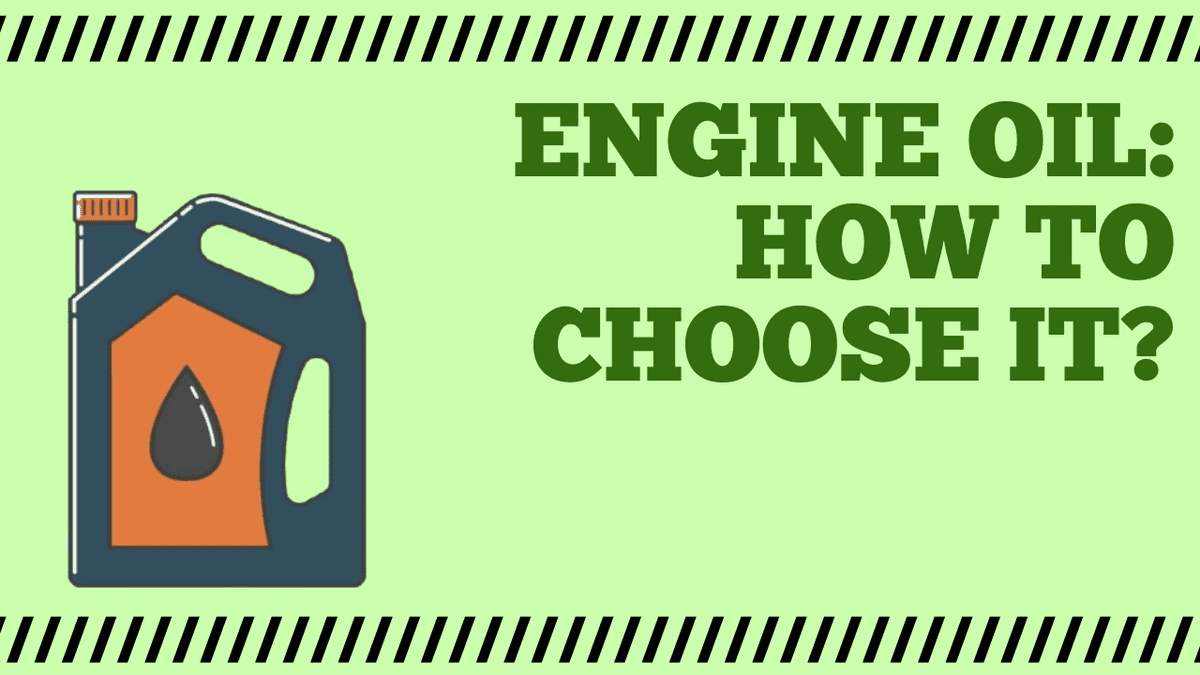Engine oil: How to choose it?

Arriving at the time of the coupon, many times we find ourselves in front of Engine oil packs with labels bearing numbers and letters, which at first glance could confuse us .. but once we understand what it is they will help us in the choice.
Usually, the one that immediately catches the eye is the initials SAE, that is that number followed by a W, and then by another number (5W30,5W40,10W40,15W40, etc …).
But what do they indicate?
Optimal temperature range chart for every single type of oil.
They indicate the viscosity graduation according to SAE (Society of Automotive Engineers) standards. Let’s take for example the abbreviation 5W30 :
The first number 5 followed by the letter W which stands for winter, indicates the viscosity of the oil when cold. While the second number, in this case, 30, indicates the hot viscosity. But what do we need this data for?
They are needed because we are going to choose the oil taking into account the temperature to which the engine is subjected, both in winter and in summer. The lower the first number, the more liquid the oil will be when cold, thus facilitating starting. While the higher the second number, the more the oil will maintain its viscosity even at high temperatures.
API abbreviation on the label.
API abbreviation
Another acronym that we can meet, is that API Cx / Sx.
The API acronym consists of 2 letters, the first letter indicates the field of application, while the second indicates the oil performance:
- C = for diesel vehicles
- S = for petrol vehicles
The letter C or S will be accompanied by a second letter, the higher this will be, the
higher the quality of protection of the engine parts, and the greater the resistance to oxidation and the formation of sludge and soot.
Acea on the label.
ACEA classification
Then we have the ACEA classification (European origin), the acronym ACEA is made up of a letter that indicates the field of application, and a number that indicates the performance of the lubricant, the higher the number the better the performance.
- A / x = Petrol engines
- B / x = Diesel engines
- C / x = Engines with exhaust gas after-treatment systems
- E / x = Heavy diesel engines
How the manufacturer specifications appear on the label.
Manufacturer’s specifications.
In addition to the specific API and ACEA, there are also those issued by each individual housebuilder, the latter needs to be even more precise in choosing the oil because each manufacturer indicates if the oil we are looking at is or not, the right features to protect our engine. On the label we can recognize the manufacturer’s specifications, they are indicated by the initials of the brand or the full name followed by the specification number, for example:
Mercedes Benz: MB 229.1
Volkswagen: VW 501 01/505 00
FIAT: Meets Fiat 9.55535-D1 / G2
The same goes for the other manufacturers.
Engine oil: What it is for, how it is made and why it is so important…